Dai Trung Temple – A symbol of martial traditions in Kinh Bac
BAC NINH – The martial spirit of Bac Ninh has been nurtured and forged over thousands of years, deeply rooted in the major historical milestones of the nation. On the land of Kinh Bac, the names of legendary generals, illustrious military lineages, heroic feats, and enduring historical relics remain vividly imprinted.
Among the system of temples dedicated to military officials in Bac Ninh, Dai Trung Temple, located in Dung Quyet residential area (also known as Guot village, Que Vo ward), is regarded as a treasure. This temple honours revered military generals and court officials from the Le-Trinh era, and serves as a centre for preserving the martial tradition of Kinh Bac.
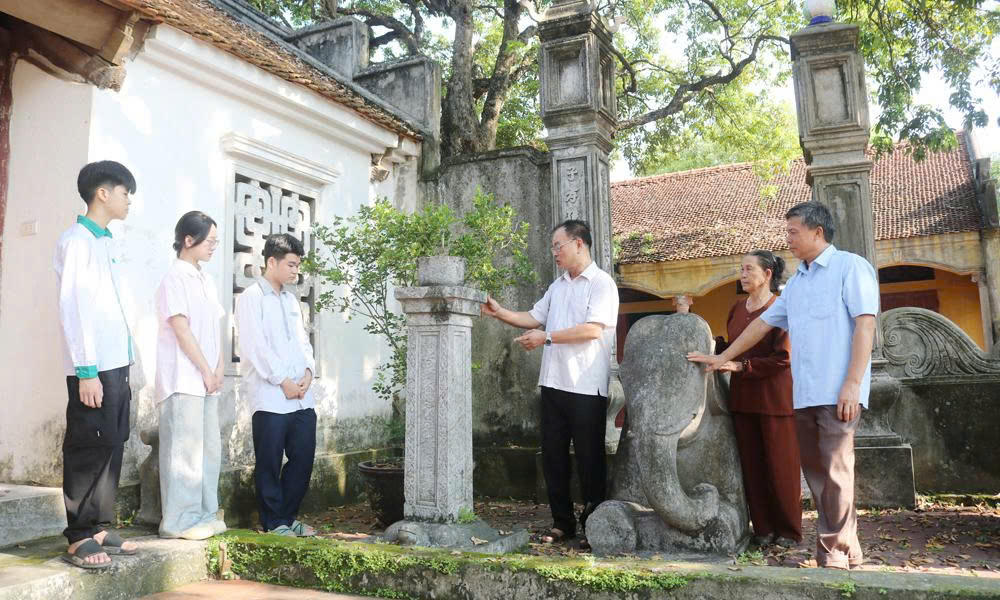 |
|
Descendants of the Nguyen Duc lineage explore their ancestral history at Dai Trung Temple. |
Originally built in 1660 and completed in 1708, Dai Trung Temple is one of the most remarkable historical relic sites from the Le Trung Hung Dynasty.
It worships distinguished generals of the Nguyen Duc family, one of the most prominent martial lineages in Kinh Bac, whose many generations upheld a proud tradition of military excellence.
Among them are Duke Hung - Nguyen Duc Dien (7th generation), Duke Cam - Nguyen Duc Thien (8th generation), Duke An - Nguyen Duc Nhuan (9th generation, posthumously honoured as Dai Vuong or Prince), Duke Que - Nguyen Duc Uyen and Duke Chiem - Nguyen Duc Tu (10th generation), and Duke Nham - Nguyen Duc Dat and Duke Giao - Nguyen Duc On (11th generation)
These generals were all known for their commanding presence, strategic acumen, and excellence in military leadership. They not only served the royal court with distinction but also supported local communities in disaster prevention and relief.
In particular, Duke An - Nguyen Duc Nhuan, after sacrificing his life in a battle in central Vietnam, was posthumously granted the title Dai Vuong (Prince), and recognised as a "Trung Dang Phuc Than" (Middle-rank Deity of Blessing).
A dedicated temple was built in Dung Quyet commune to worship him. Every year, the royal court sent an imperial envoy with full ceremonial offerings to conduct the rites, and local residents were exempted from taxes to support the upkeep of the temple.
The name "Dai Trung" ("Great Loyalty") was also conferred by the Le Dynasty, symbolising his loyalty to the monarch and his love for the country.
Over nearly 400 years, Dai Trung Temple has retained its solid architectural structure and historical integrity. Covering an area of 1,500 square meters, the temple features the traditional Dinh (丁)-shaped layout, with five front ceremonial halls and a rear sanctuary.
The temple preserves many valuable artifacts that reflect the martial spirit of Kinh Bac, including royal decrees, family genealogies, horizontal lacquered boards, parallel sentences, and memorial texts.
Countless touching stories about the lives, legacies, and heroic sacrifices of the generals are still passed down today and are closely tied to the documents and artifacts preserved within the temple.
In 1992, Dai Trung Temple was officially recognised as a National Historical Site. Over time, it has been well-maintained and restored, preserving its historical and architectural value. The temple has become a vibrant centre of spiritual and cultural life for the local people.
Each year, the temple welcomes numerous visitors - both domestic and international - for sightseeing and research.
In the context of integration and development, the preservation and promotion of Dai Trung Temple’s value carries special significance. It contributes to the education of national traditions and fosters pride and mettle in the younger generations.
 Bắc Ninh
Bắc Ninh


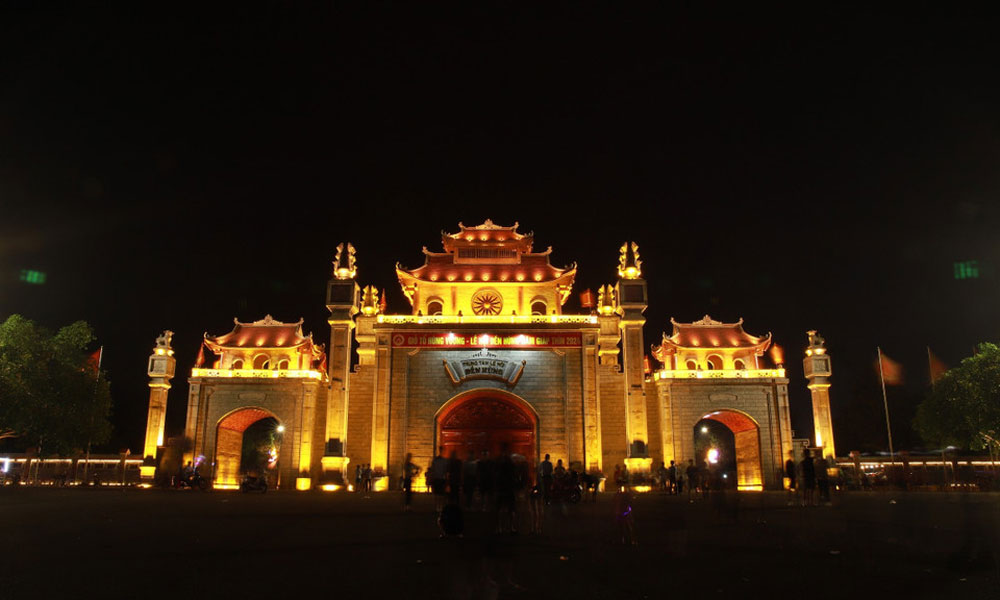
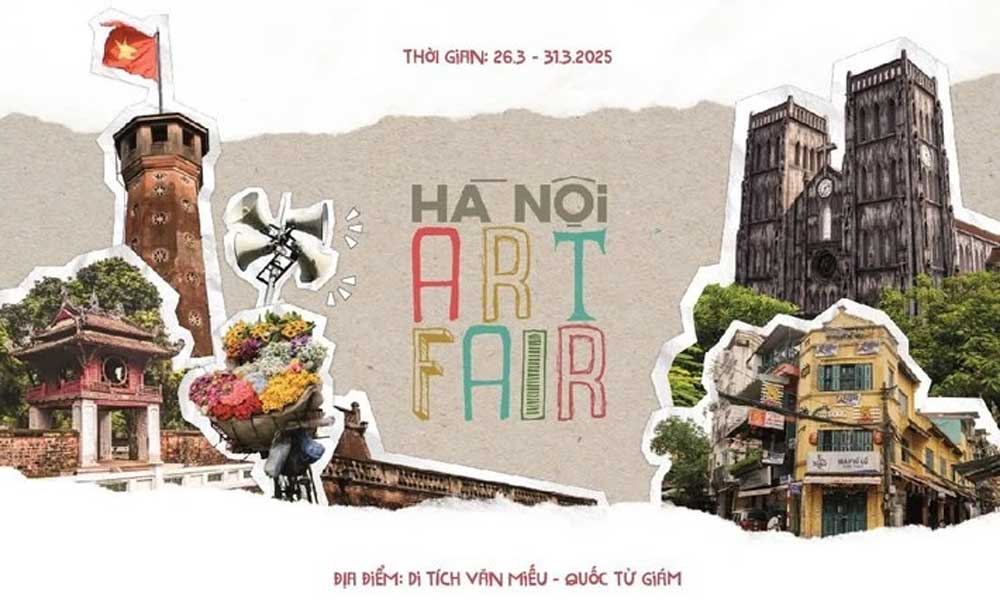


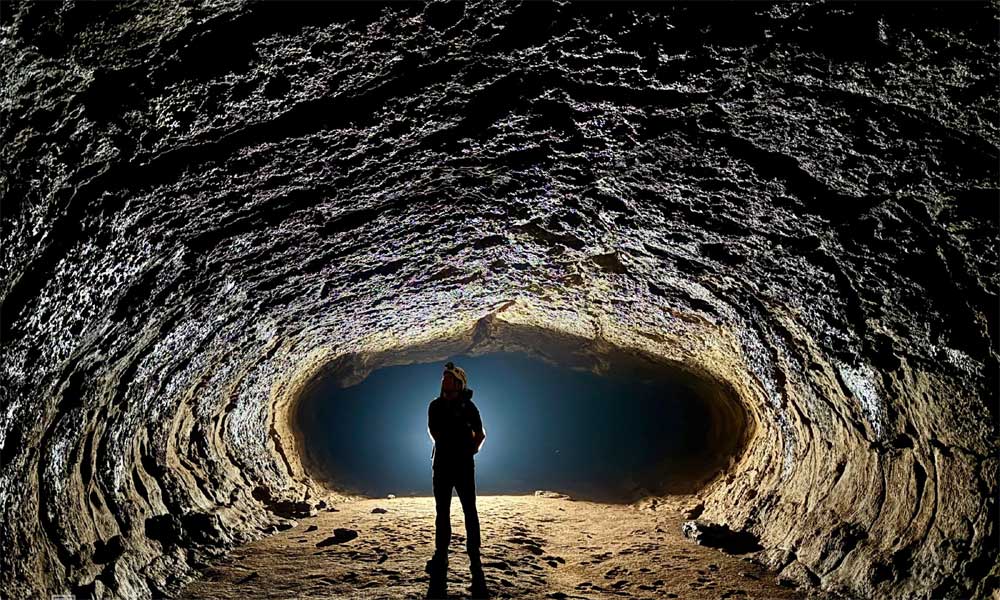
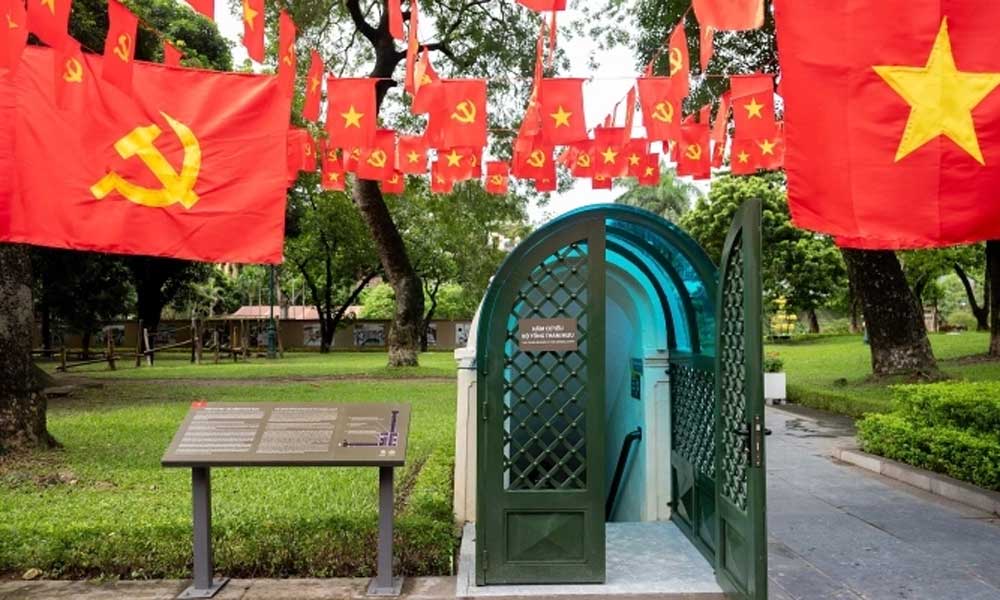


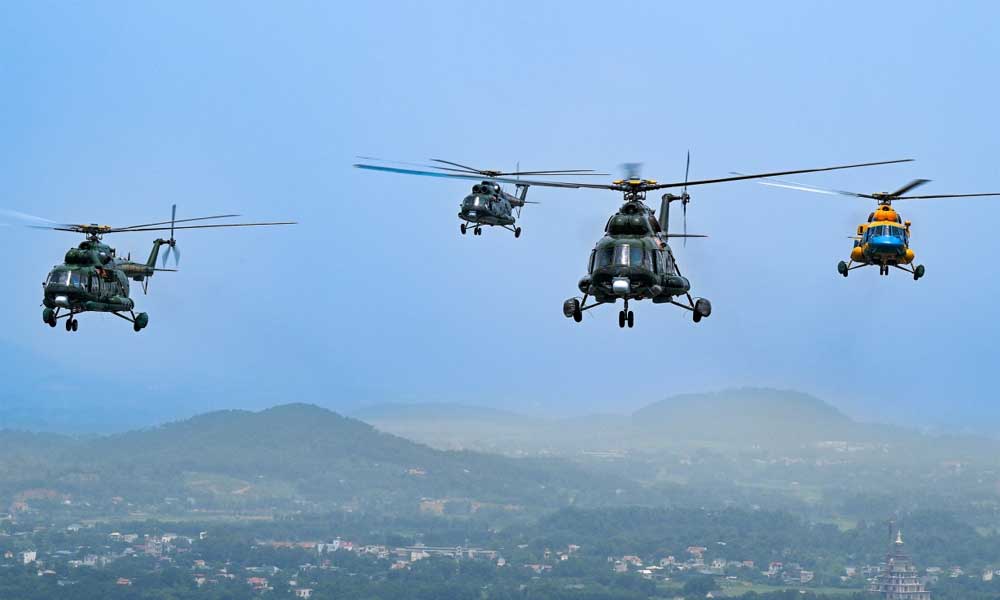

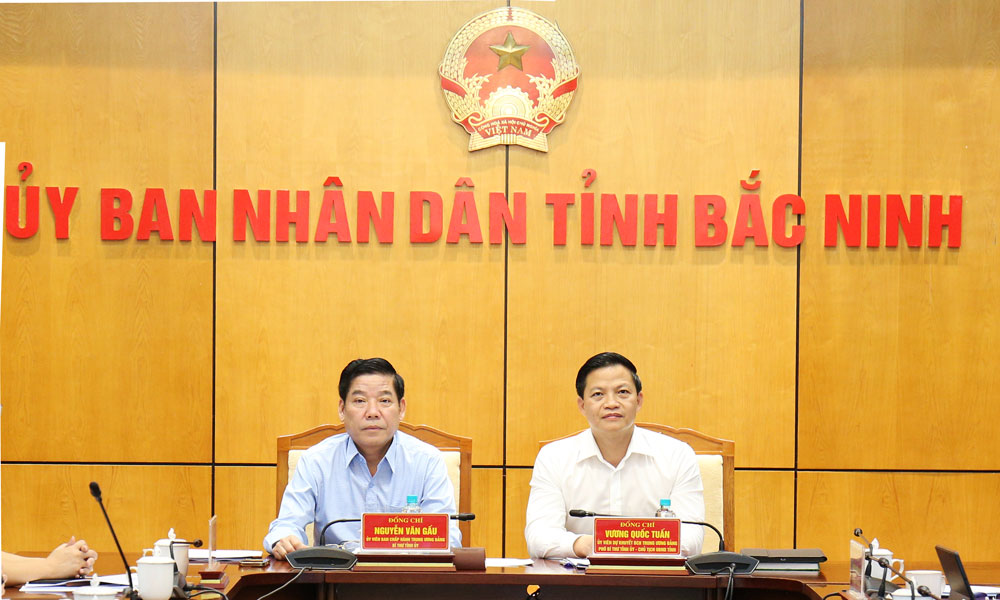

Reader's comments (0)